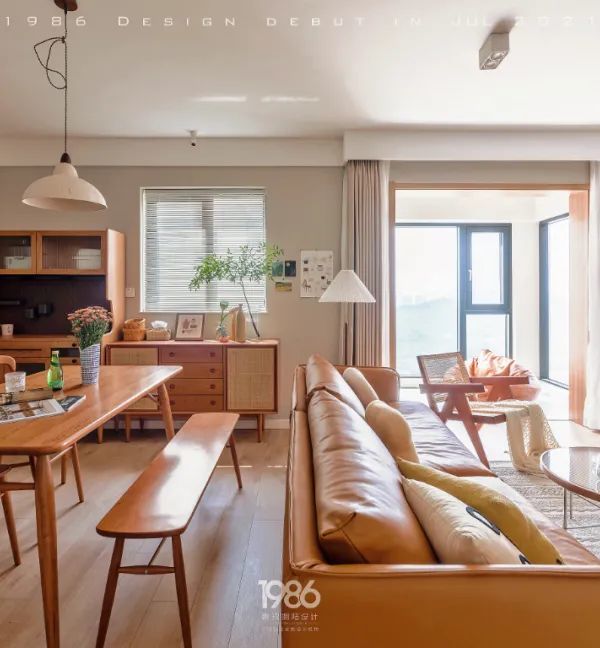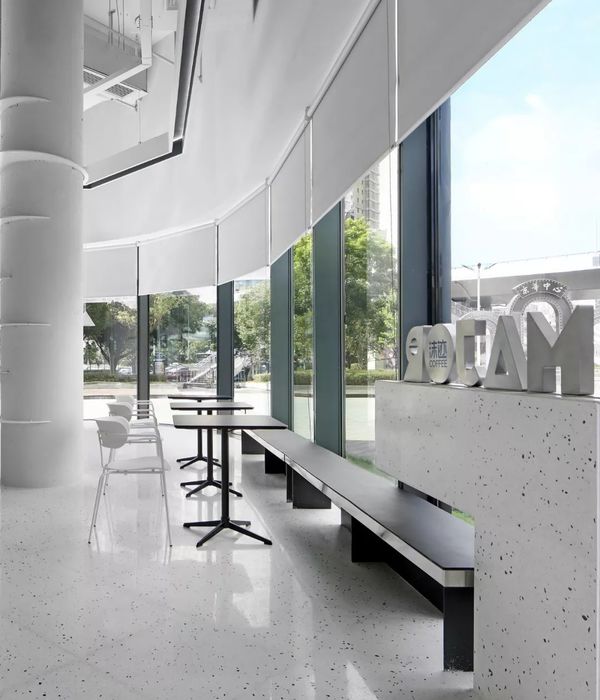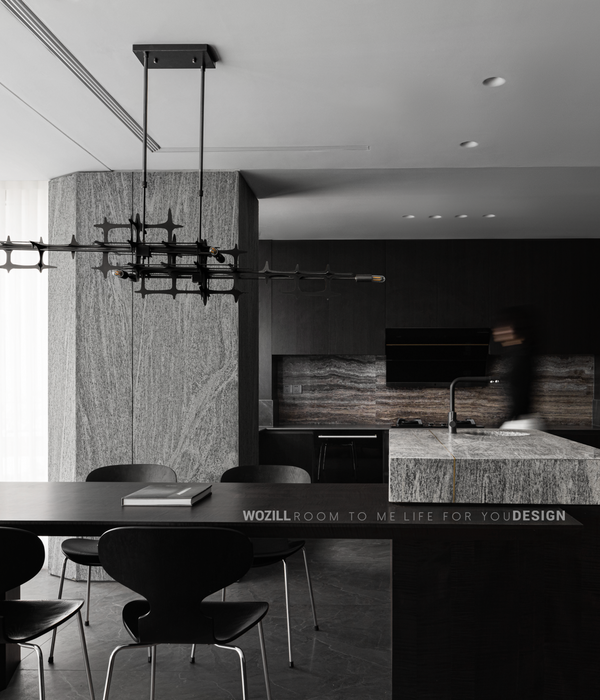Esteemed collaborators and supporters share their thoughts on the American artist’s epic visions of the United States landscape
Portrait of the artist at work. Victoria Sambunaris , March 24, 2008, Schuylkill County, Pennsylvania. Photography: Jason Schmidt
For over two decades, artist Victoria Sambunaris has been traversing the United States with her 5x7 field camera and colour negative film, curiously documenting the landscape from New York to California and Alaska to the Mexican border. Her epic body of work explores the physical majesty of North America’s terrain, often superimposed with a striking grid of human interactions and interventions. Simply stated by Sambunaris: ‘Through my work, which documents the changing shape of America, I keep returning to the idea of how we incorporate ourselves into the landscape.’
Her photographic explorations draw inspiration in part from the legacy of 19th-century greats like William Henry Jackson and Timothy O’Sullivan but are more closely aligned with the vision of such new topographic photographers as Robert Adams, Lewis Baltz, Bernd and Hilla Becher, and Frank Gohlke and their radical shift away from traditional depictions of the landscape. In celebration of the artist’s retrospective – ‘Far Out: The West Re-Seen, Photography of Victoria Sambunaris’ at Brigham Young University’s Museum of Art – Wallpaper* invites an esteemed group of Sambunaris’ intimates and admirers to share their thoughts on the artist and her art.
Untitled (Potash Mine, Distant View), Wendover, Utah, 2004. Collection: Lannan Foundation
‘Vicky follows in a long line of photographers who have documented the American landscape and who, in doing so, have hoped to make America visible to us all. She is, historically, the rare woman to do so and her work shares many qualities with another woman similarly committed to a clear-sightedness about America, the photographer Dorothea Lange. On her darkroom door, Lange posted a quote from the 16th-century philosopher, Francis Bacon: “The contemplation of things as they are, without substitution or imposture, without error or confusion, is in itself a nobler thing than a whole harvest of invention.” This too could hang on Vicky’s door.’
– William Wegman, artist
Untitled (Spiral Jetty-5), Great Salt Lake, Utah, 2019, Chromogenic print, 39 x 55 inches. Art: Robert Smithson’s Spiral Jetty, 1970. © Holt/Smithson Foundation and Dia Art Foundation/Licensed by VAGA at Artists Rights Society (ARS), NY
‘Sambunaris’ singular observations of the Utah landscape — specifically the expansive site lines, muted light, and intersections of environment and industry — compelled Dia to commission her to capture Robert Smithson’s Spiral Jetty upon its 50th year. Her engagement with the finest details of a site is unparalleled. This is evident in her photographs of Spiral Jetty, which capture the work at various times of the day and speak to the ever-changing conditions of the artwork as well as the unique surrounding environment of Great Salt Lake.’
– Kelly Kivland, curator, Dia Art Foundation
Untitled (Gravel Pit), near Draper, Utah, 2017. © Victoria Sambunaris. Courtesy of the artist and Yancey Richardson, New York
‘One of the few female photographers making extended road trips into the heart of the American West. Sambunaris combines in-depth research with a laborious mode of shooting, often waiting days for the right conditions. Masterfully composed with a rigorous, minimalist palette, the resulting photographs communicate a deeply layered sense of place and a nuanced view of the complex issues which lie at the intersection of modern civilisation and the natural environment.’
– Yancey Richardson, founder of Yancey Richardson Gallery
Untitled (Black Rock). South End, Great Salt Lake, Utah, 2007. From the Private Collection of Michael Reynolds
‘Like the Travellers – artists who trekked to extreme terrains to immerse themselves in the landscape – Vicky Sambunaris braves long solo journeys and harsh conditions to photograph endangered sites. In precise and seductive images, she subtly reveals the brutal impact of unchecked human activity on breathtaking, but fragile landscapes. Her work exposes the political and commercial forces that threaten our natural world.’
– Louis Grachos, executive director and CEO at Palm Springs Art Museum
Untitled (Border Fence), Near Naco, Arizona, 2010. Collection: Lannan Foundation
‘With a 5x7 field camera, Sambunaris has traversed the American landscape, driving a truck from coast to coast. The first time I met Vicky in 2010, in Houston, she had just driven from Big Bend where she photographed canyons, fields, and rivers. From our conversation on her experiences of the national border, I learned that her ambitious, epic projects, which explore the intersection of civilisation, geology, and natural history in the United States, and result in breathtakingly beautiful photographs, have demanded meticulous research as well as brave risk-taking and courage.’
– Yasufumi Nakamori, senior curator of international art (photography), Tate
Untitled (Housing Development), Draper, Utah, 2017. © Victoria Sambunaris. Courtesy of the artist and Yancey Richardson
‘Victoria Sambunaris’ images are anthropological in their focus on the interactions between nature and the human construction of our environment. Her photographs extend the American tradition of photographing the landscape of the West into conceptual territory. Her work is extraordinary in its examination of manmade infrastructure and transit networks, taking a critical view of the development of the West that is deepened by engagement with the local communities. Her contribution to our understanding of the landscape and its cultural shift over time is crucial to the discipline of the photography of the built environment, which is how we came to chose Victoria as the winner of the 2020 Julius Shulman Award for Excellence in Photography.’
– Barbara Bestor, architect and executive director of the Julius Shulman Institute
Untitled (Train Crossing Great Salt Lake, Utah), 2016. © Victoria Sambunaris. Courtesy of the artist and Yancey Richardson, New York
‘With the grace that only a plate camera can achieve, Sambunaris quietly captures our collision with our natural surroundings. Seeking out lofty vantage points and often waiting patiently for hours for the arrival of a cargo train or the right cloud formations to emerge, Sambunaris’ work resonates with the concentration required for their making. Each is a single stanza in an ongoing poem about the anthropocene.’
– Eleanor Nairne, curator at the Barbican Art Gallery
Untitled (Travertine), Yellowstone National Park, 2008. Collection: Lannan Foundation
‘Resisting the bells and whistles of digital cameras, she is among a small group of intrepid explorers using large format cameras, colour negative film, and investing considerable time into each shot. Frequently, Sambunaris’ explorations require patience, stamina, and a degree of fearlessness. Her tenacious curiosity about our natural topography has fueled her ongoing efforts to examine and reflect upon our environment.’
– Janalee Emmer, curator of Victoria Sambunaris’ show ‘Far Out: The West Re-Seen’ at BYU Museum of Art
Untitled (Evaporation Pool), Moab, Utah, 2016. © Victoria Sambunaris. Courtesy of the artist and Yancey Richardson, New York
‘Victoria Sambunaris has travelled to remote places to find exquisite and extraordinary things of awesome banality – the highest compliment I can give to what she does. What is most interesting about her work is what she finds and how she sees it. Vicky discovers the huge man-made, the enormous interventions in extreme places, and reveals something about those places that I find hard to describe, but know that no one else has made me see it. She takes personal and physical risks, and she also takes visual risks that produce extraordinary photographs. The strength and importance of her work is not what she finds (although that is significant and serious) but that her images force us to see what she finds with eyes we didn’t know we had.’
– Deborah Berke, founder of Deborah Berke Partners and Dean of the Yale School of Architecture
{{item.text_origin}}












